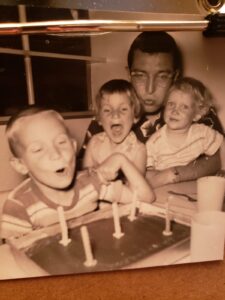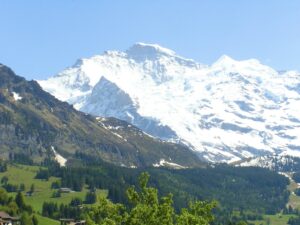
My friend died last weekend. My heart is heavy. Christine was such a beautiful soul. Thoughtful, kind, warmhearted. Far too young to part already. She leaves behind 3 children - beautiful reflections of herself -whom I had the privilege of teaching.
Cancer crept up insidiously. She had shortness of breath. She felt run down.
Aren’t all dedicated teachers?
She left school one day for a doctor’s appointment; she never came back to class. Instead she went to war in the cancer ward. The diagnosis. The deception. The despair. The carnage. The crusade.
She fought her battle against leukemia so gallantly. After the first rounds of hospitalizations and chemotherapy, she went into remission. When cancer reared its ugly head again, she returned to battle. Her sister selflessly donated her bone marrow for a replacement. More hospitalizations. More isolation. More pain. More anxiety. More anguish.
How hard to believe you are getting better when your body weakens from the endless fight?
All that effort bought her a little more time before she succumbed to an infection that attacked her heart. Her heart. Her generous, loving heart.
Who among us has never lost a loved one to disease?
Cancer is especially cruel. It attacks the self. It can only be beat-sometimes just temporarily - by knocking out the immune system leaving the victim vulnerable to the very air breathed.
She left us with a bittersweet reminder we only have today. And treasured memories.
I have so many. She once baked my favorite carrot cake and brought it to our department meeting for my birthday. When I couldn’t drive, she picked me and took me to one of my retirement parties. Years later, wearing a knitted cap to hide her bald head, she swooped in to carry me off for coffee where we lamented our fight to survive.
After my brain surgery, I looked to her for inspiration. I saw how hard she fought with so much grace and dignity. I thought if she can prevail, so can I. And so we faced another day.
Until we didn’t.
Now she is no longer here. A good person gone too soon. I never had the chance to say goodbye.
She lent me books and lesson plans, shared smiles and stories, offered rides and meals. She gave me laughter and joy.
She brightened my days.
Now I mourn for her children, her husband, her sister, her parents, her colleagues and friends, all who feel her passing as an ache that will not subside.
I miss her already.
Rest in peace dear friend.
You left behind the best kind of legacy.
You were greatly loved.
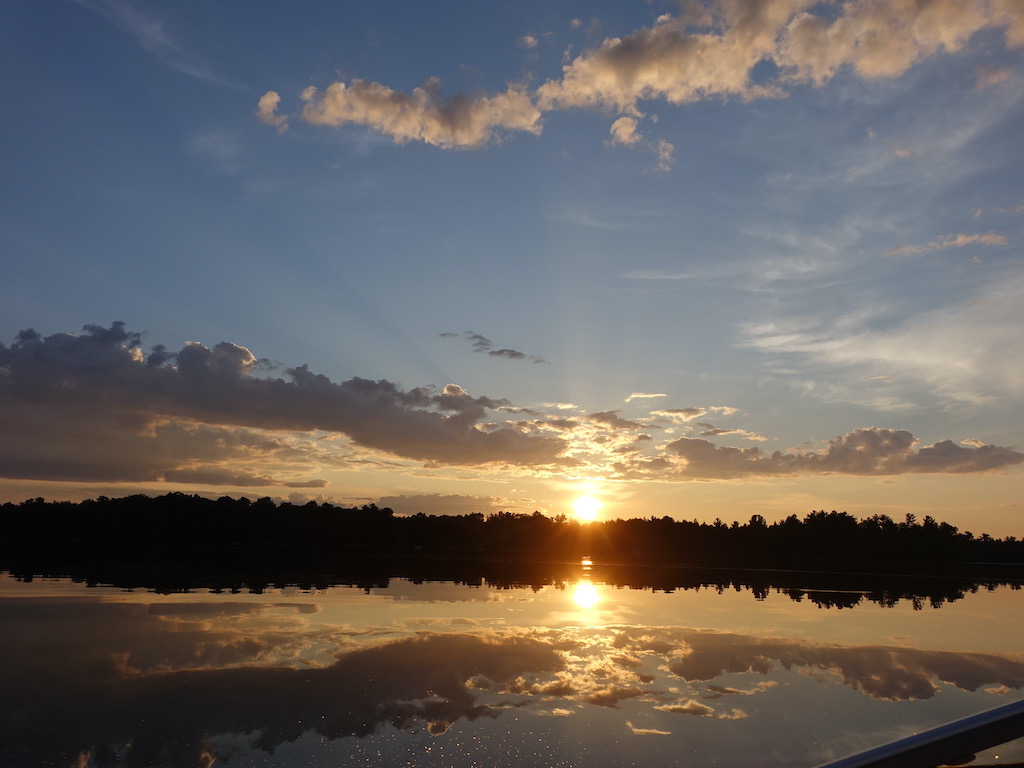

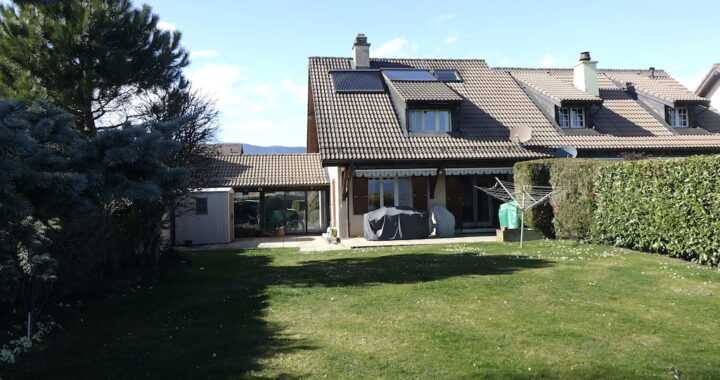
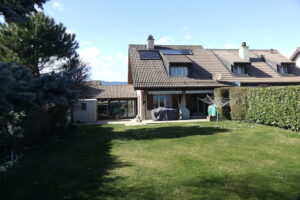 A year ago, after our realtor sent photos of our place to his client list, we sold our house in two days, before it even went on the market. Of course, it sold immediately! It is the perfect house, which makes me wonder why we decided to leave it.
A year ago, after our realtor sent photos of our place to his client list, we sold our house in two days, before it even went on the market. Of course, it sold immediately! It is the perfect house, which makes me wonder why we decided to leave it.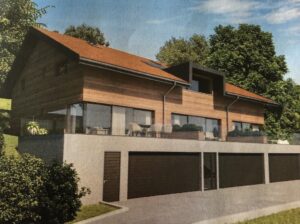
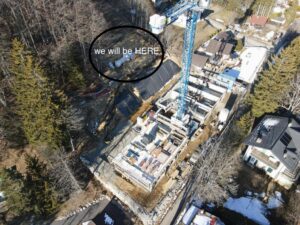 Our biggest mistake was buying a “virtual” home, which builders promised would be ready by June 2022. Last fall, the project manager met with my husband and told him that our house would be finished earlier, by April or May 2022. Then in December, we received an alarming email saying that we wouldn’t get the key until probably the end of December 2022 but June 2023 at the latest. Or if you read the contract’s fine print, it “clearly” states that the very latest deadline would be 14 months from finishing the foundations date, which could mean June 2023 as they started several month later than expected. Anyone following here ???
Our biggest mistake was buying a “virtual” home, which builders promised would be ready by June 2022. Last fall, the project manager met with my husband and told him that our house would be finished earlier, by April or May 2022. Then in December, we received an alarming email saying that we wouldn’t get the key until probably the end of December 2022 but June 2023 at the latest. Or if you read the contract’s fine print, it “clearly” states that the very latest deadline would be 14 months from finishing the foundations date, which could mean June 2023 as they started several month later than expected. Anyone following here ???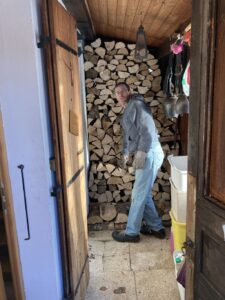 In the meantime, we stack another load of wood to heat our “temporary” rental place, a medieval chalet the size of a trailer. To keep from going crazy, we go out everyday. We wander our around our new village, walk by our “plot” and worry.
In the meantime, we stack another load of wood to heat our “temporary” rental place, a medieval chalet the size of a trailer. To keep from going crazy, we go out everyday. We wander our around our new village, walk by our “plot” and worry.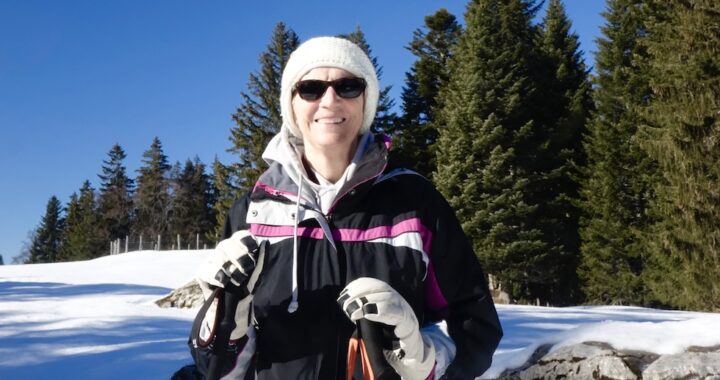
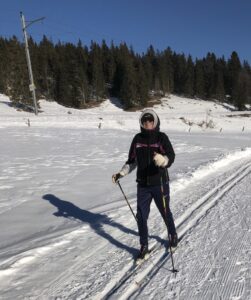 After countless hours of medical treatments, therapy and hard work, I cross-country skied again. I fell in love with the sport, inspired by my Scandinavians ancestors, who invented cross-country skiing centuries ago to circulate across mountains in winter. It reminds me of my forefathers born on the fjords in Northern Norway where reindeer run wild and Laplanders reign, where nature and its preservation is a God given right and obligation.
After countless hours of medical treatments, therapy and hard work, I cross-country skied again. I fell in love with the sport, inspired by my Scandinavians ancestors, who invented cross-country skiing centuries ago to circulate across mountains in winter. It reminds me of my forefathers born on the fjords in Northern Norway where reindeer run wild and Laplanders reign, where nature and its preservation is a God given right and obligation.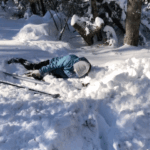 puff around each bend. I remove my skis when I can non longer duck waddle up the steep incline. My fear of falling defeats the fun of gliding downhill. I also take my skiis off to walk down any incline. At sharp bends at the end of slopes, I collapse sideways halfway down the slope. Better to fall gently, but awkwardly on my own terms, then crashing out of control.
puff around each bend. I remove my skis when I can non longer duck waddle up the steep incline. My fear of falling defeats the fun of gliding downhill. I also take my skiis off to walk down any incline. At sharp bends at the end of slopes, I collapse sideways halfway down the slope. Better to fall gently, but awkwardly on my own terms, then crashing out of control.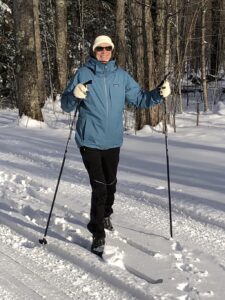 I can still remember the first time I went skiing with a teammate on the golf course of Illinois State University. I’ll never forget the wrath of my coach when I came to practice with a twisted knee after tumbling down the slope on the 9th hole.
I can still remember the first time I went skiing with a teammate on the golf course of Illinois State University. I’ll never forget the wrath of my coach when I came to practice with a twisted knee after tumbling down the slope on the 9th hole.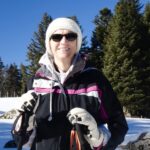 And I feel lucky to be alive.
And I feel lucky to be alive.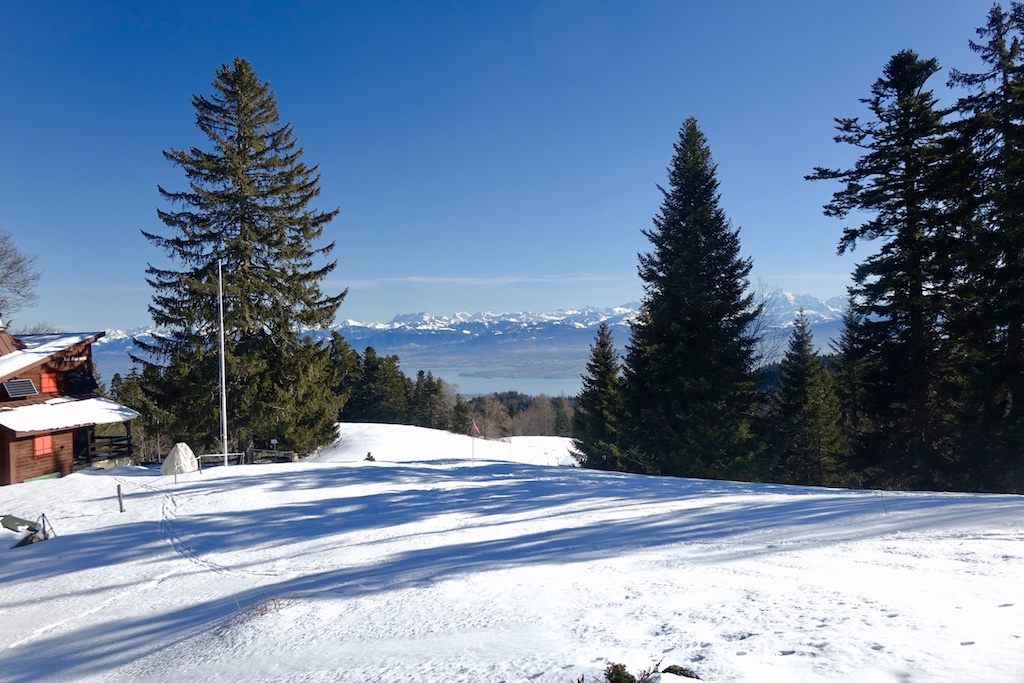
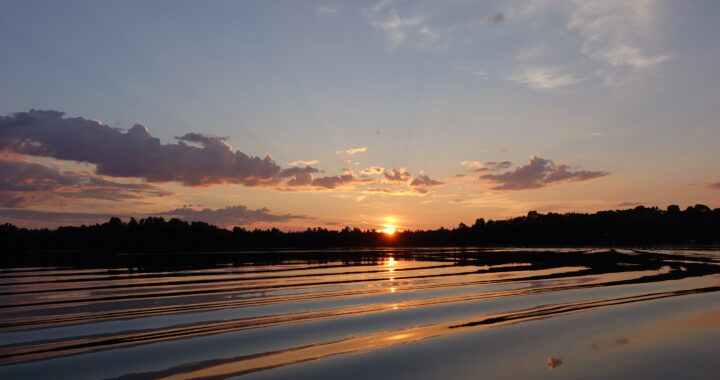
 After a 5 hour brain surgery, 6 weeks of hopitalization and 15 months of therapy, I started over again retraining my muscle memory to better spine aligment. Swiss neurosurgeons successfully treated my major brain injury, but had no clue how to help me with my back. Fifteen months later, due to COVID constraints, I was finally allowed to enter the USA. I began intensive therapy to treat injury my body incurred in that bad, bad fall that cracked my skull.
After a 5 hour brain surgery, 6 weeks of hopitalization and 15 months of therapy, I started over again retraining my muscle memory to better spine aligment. Swiss neurosurgeons successfully treated my major brain injury, but had no clue how to help me with my back. Fifteen months later, due to COVID constraints, I was finally allowed to enter the USA. I began intensive therapy to treat injury my body incurred in that bad, bad fall that cracked my skull.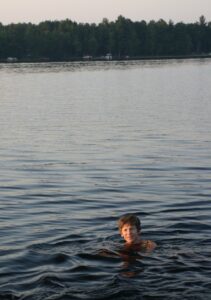 To move forward, I had to go backwards, and forgo any swimming, guitar playing, blog writing, and movements with my arms. Then step by step, I retrained my muscle memory by walking.
To move forward, I had to go backwards, and forgo any swimming, guitar playing, blog writing, and movements with my arms. Then step by step, I retrained my muscle memory by walking. muscles, the tranquil view of the lake and woods inspired me and an eagle soaring overhead rooted me on.
muscles, the tranquil view of the lake and woods inspired me and an eagle soaring overhead rooted me on.
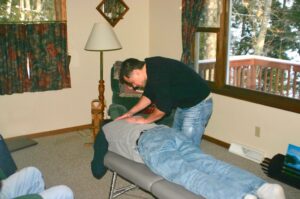 helping people by trying to accommodate every patient in his overbooked schedule.
helping people by trying to accommodate every patient in his overbooked schedule.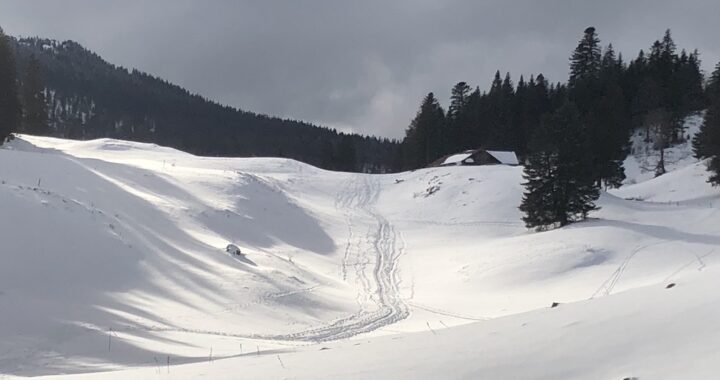
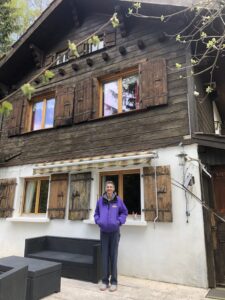 I have been working so hard to recover from traumatic brain injury after a bad fall that wreaked as much havoc with my spine as it did my brain. Once stateside, I spent 6 months, moving between families’ homes in Minnesota, Illinois and Wisconsin and underwent intensive therapy for my back and shoulders.
I have been working so hard to recover from traumatic brain injury after a bad fall that wreaked as much havoc with my spine as it did my brain. Once stateside, I spent 6 months, moving between families’ homes in Minnesota, Illinois and Wisconsin and underwent intensive therapy for my back and shoulders.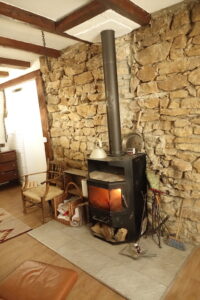 Mid January we returned to Switzerland and landed back in time in our “Heidi hut.” a rented, rustic chalet, chiseled out of the mountainside and heated only by wood burning stove.
Mid January we returned to Switzerland and landed back in time in our “Heidi hut.” a rented, rustic chalet, chiseled out of the mountainside and heated only by wood burning stove.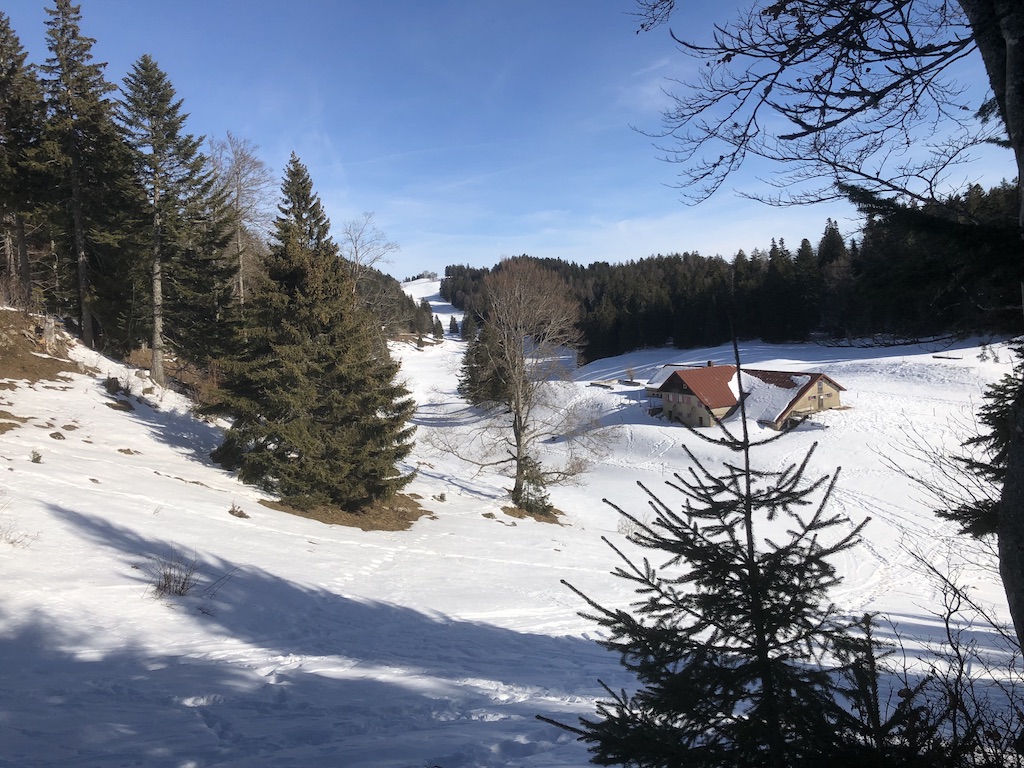
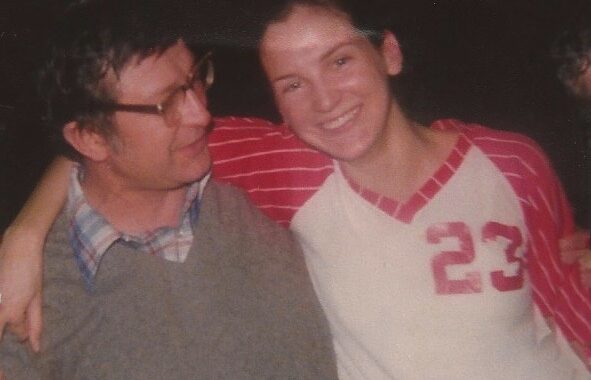
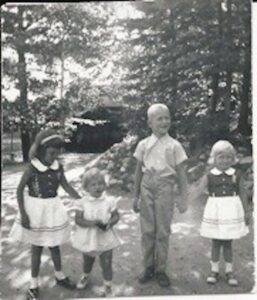 If I pursued a career unheard of for women, moved abroad and rewrote my script after my dream collapsed in an accident, it is because of you, my pioneer dad, who believed in me every step of the way.
If I pursued a career unheard of for women, moved abroad and rewrote my script after my dream collapsed in an accident, it is because of you, my pioneer dad, who believed in me every step of the way.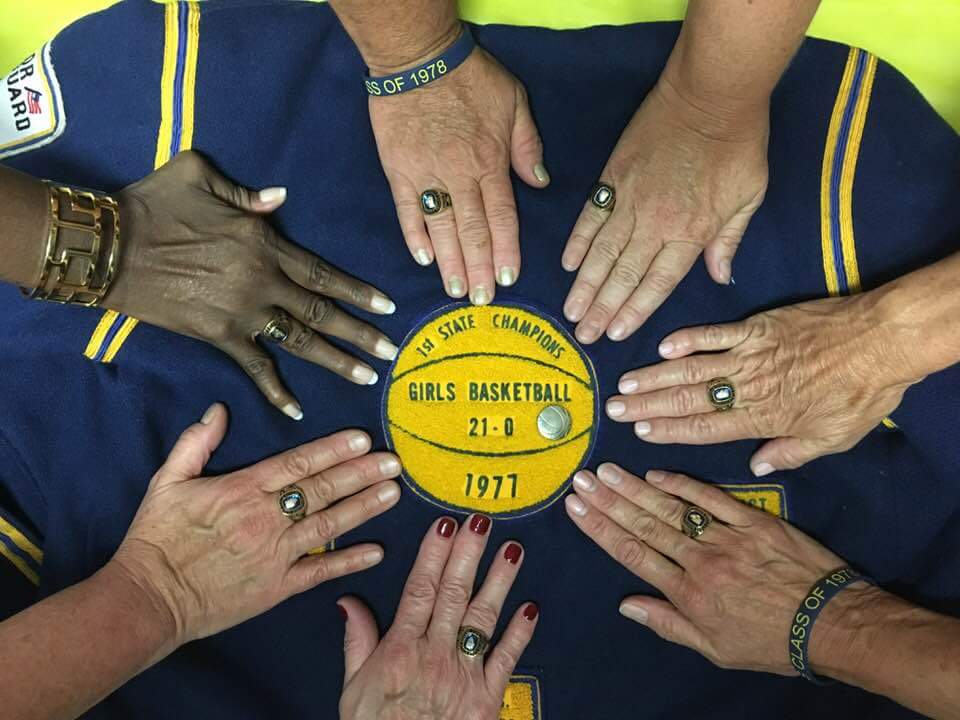
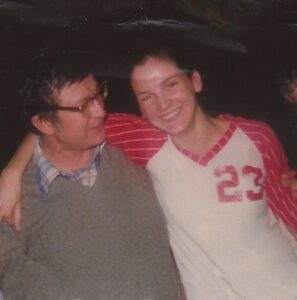
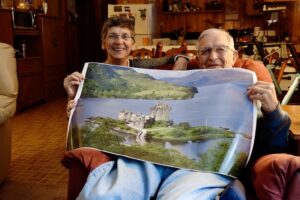 As the head of our McKinzie clan, you set the finest example of what it means to be an honorable leader, a strong chief, and a benevolent father.
As the head of our McKinzie clan, you set the finest example of what it means to be an honorable leader, a strong chief, and a benevolent father.